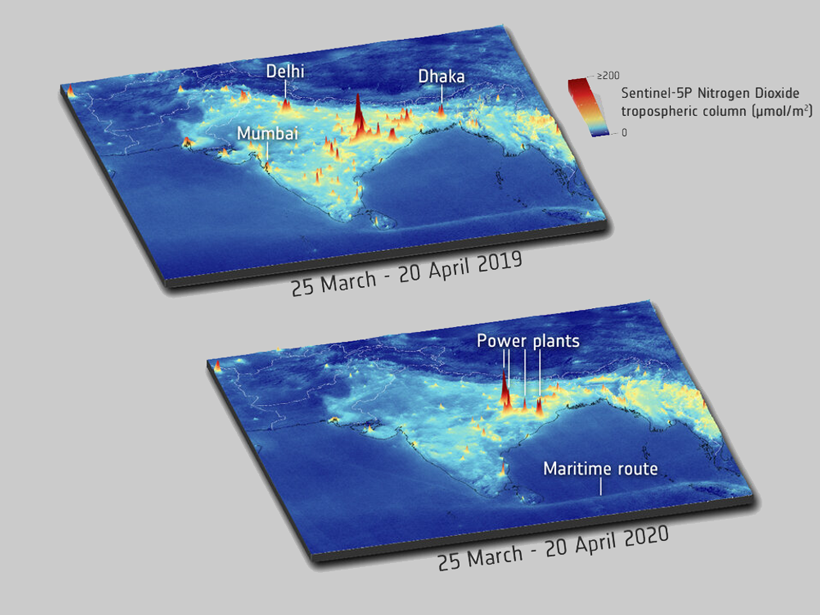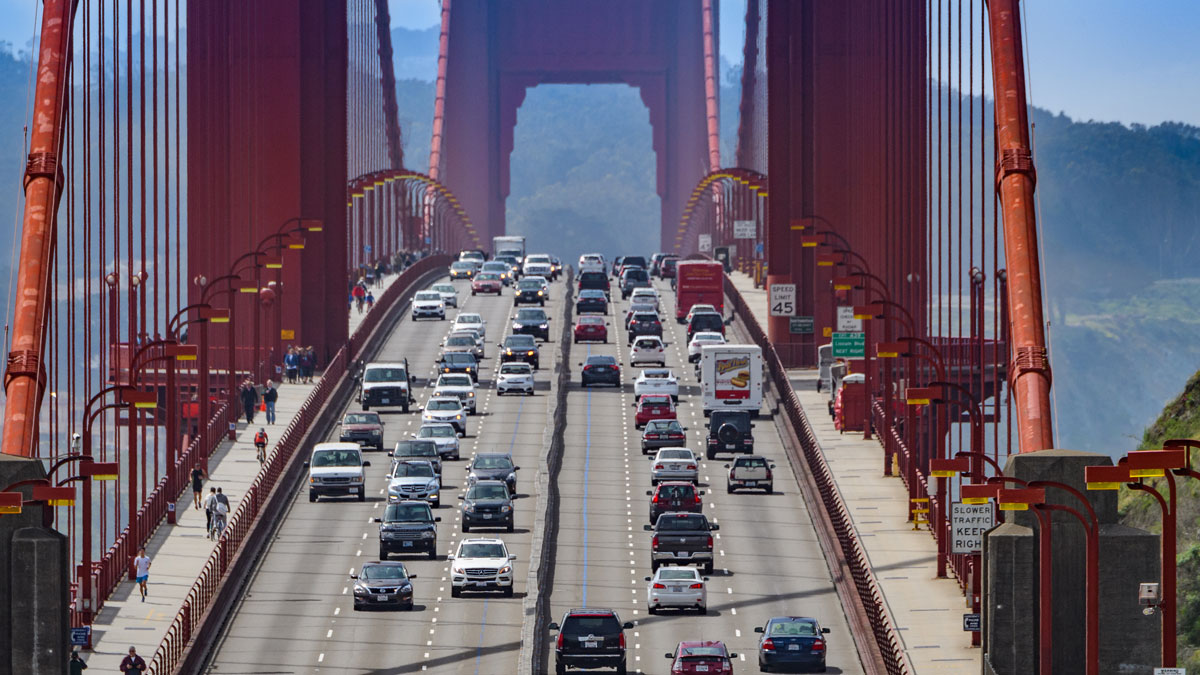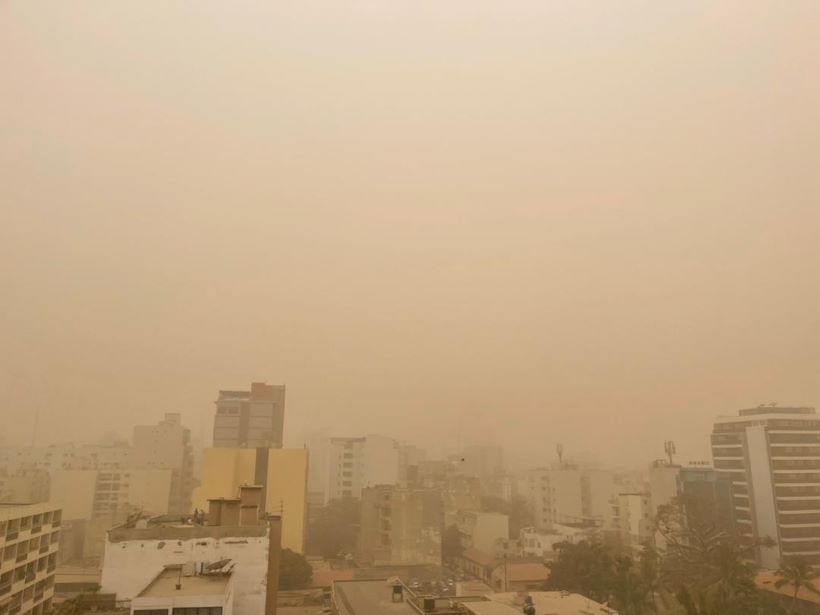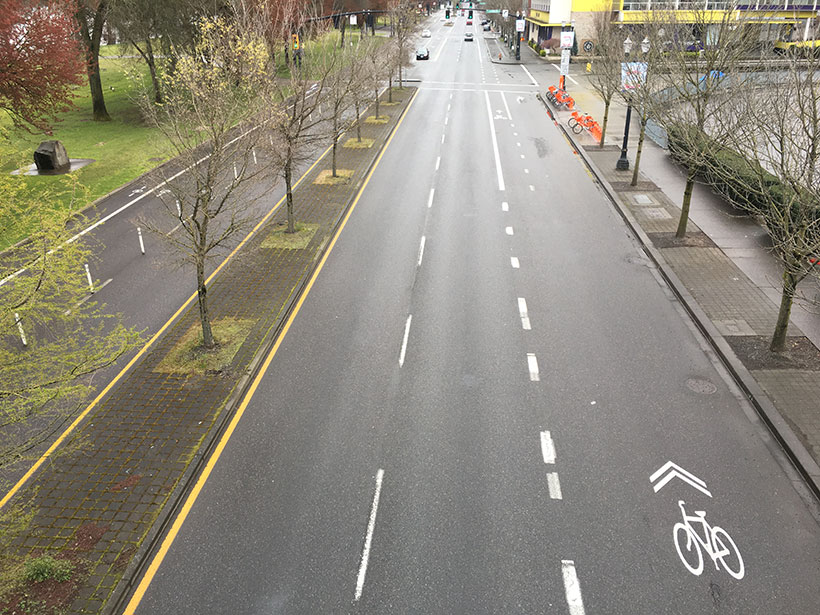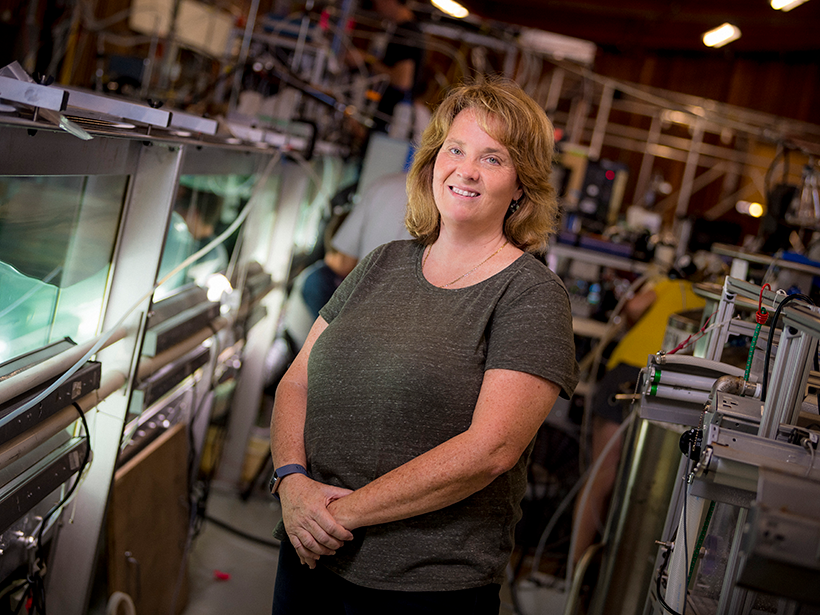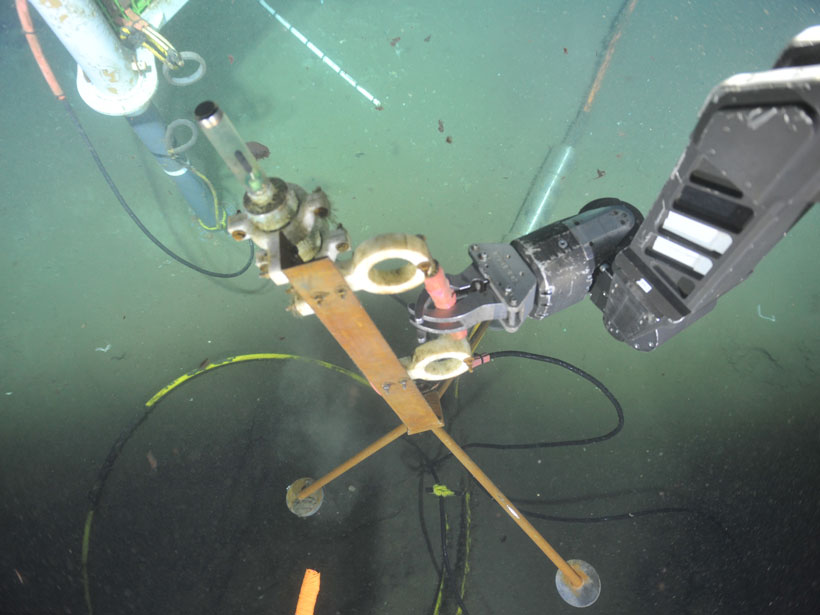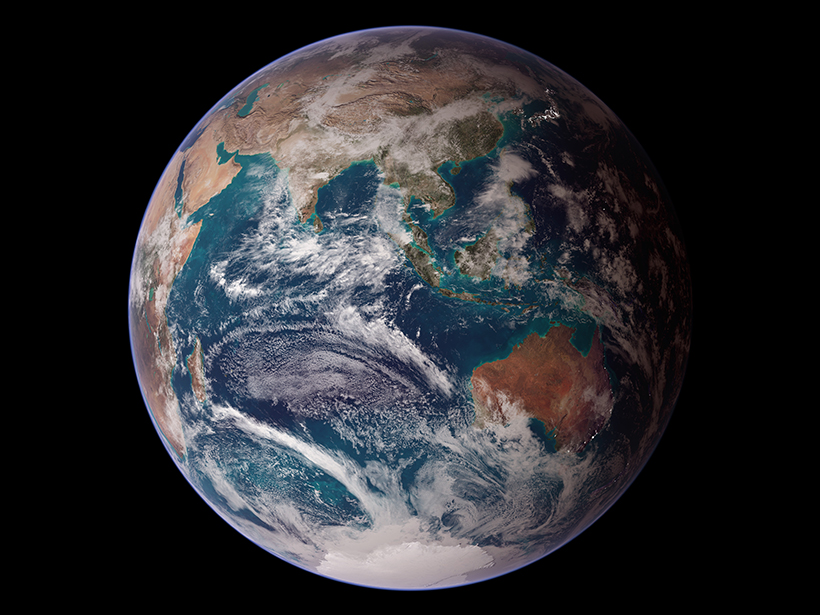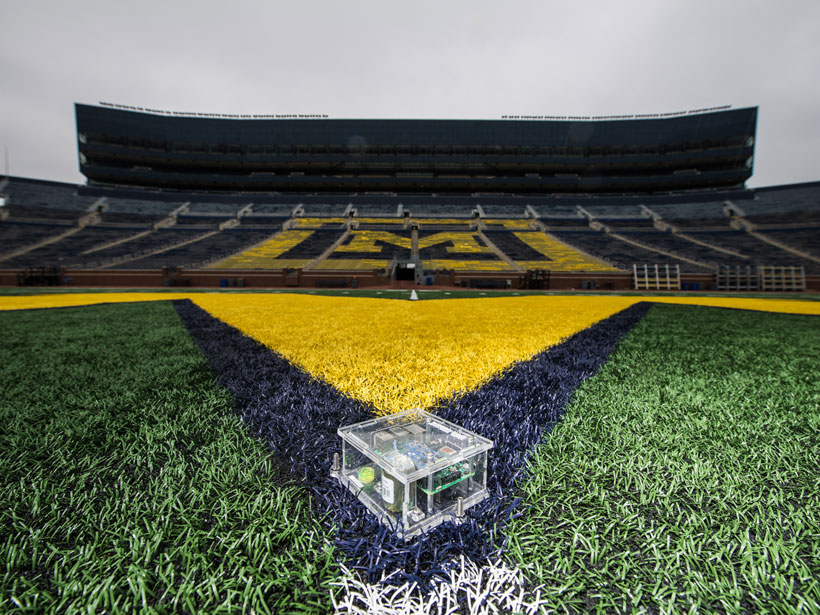Una nueva base de datos revela ciudades más opacas, campos de cultivos vacíos y puertos vacíos.
COVID-19
Remote Work May Be Keeping Some Cities’ Air Cleaner
Widespread remote work may have kept air pollution lower than pre-COVID-19 lockdown levels even though restrictions were lifted in 2020, a new study finds.
The Intersections of Environment, Health, and COVID-19 in Africa
A new special collection in GeoHealth seeks papers examining the link between environmental conditions and human health in Africa.
Integrating Data to Find Links Between Environment and Health
Several obstacles stand in the way of integrating social, health, and Earth science data for vital geohealth studies, but there are tools and opportunities to overcome these obstacles.
Did the Drop in COVID-Related Emissions Affect the Climate?
Global emissions dropped markedly in 2020, due in large part to lockdowns that slowed economic and social activity, but the climate likely won’t be noticeably affected.
Aerosol Scientists Try to Clear the Air About COVID-19 Transmission
“We are basically doing what a public health agency should be doing.”
Measuring Ambient Ocean Sound During the COVID-19 Pandemic
An expanded nonmilitary hydrophone network provides new opportunities to understand the variability and trends of ocean sound and the effects of sound on marine organisms.
A Bad Time for Mars Time
Thanks to COVID-19, mission control for the Perseverance Mars rover will look emptier than previous missions, and fewer scientists and engineers will follow the rover’s schedule.
Ocho lecciones del COVID-19 para guiar nuestra respuesta climática
La respuesta global de la pandemia en curso puede enseñarnos cómo deberíamos y no deberíamos responder la crisis climática. Y lo más importante aún, demuestra que podemos hacer algo.
Students Monitor Campus Noise in Seismic Silence
Researchers are engaging their students with low-cost seismology research to monitor local noise on campus.

